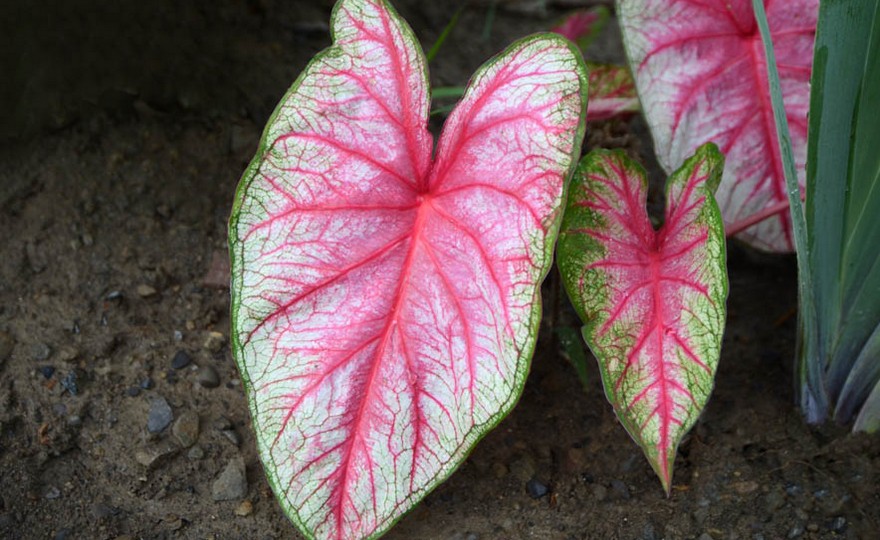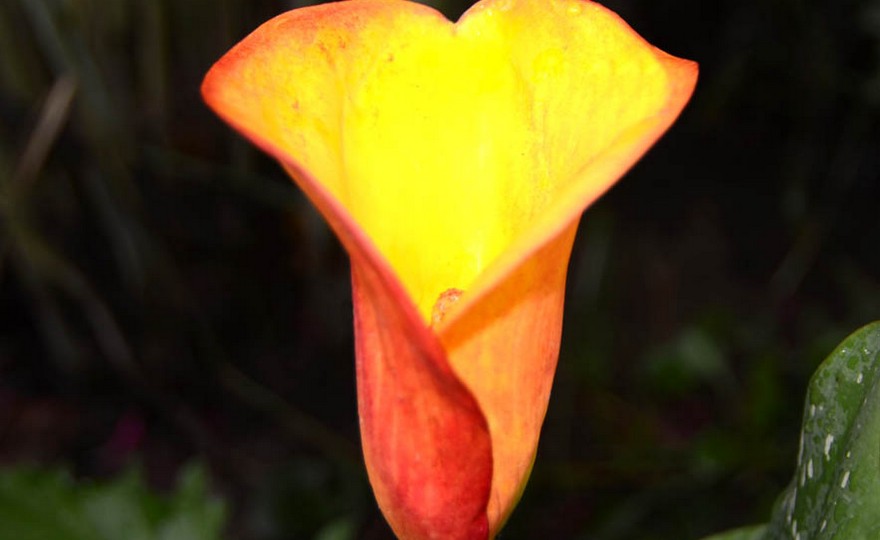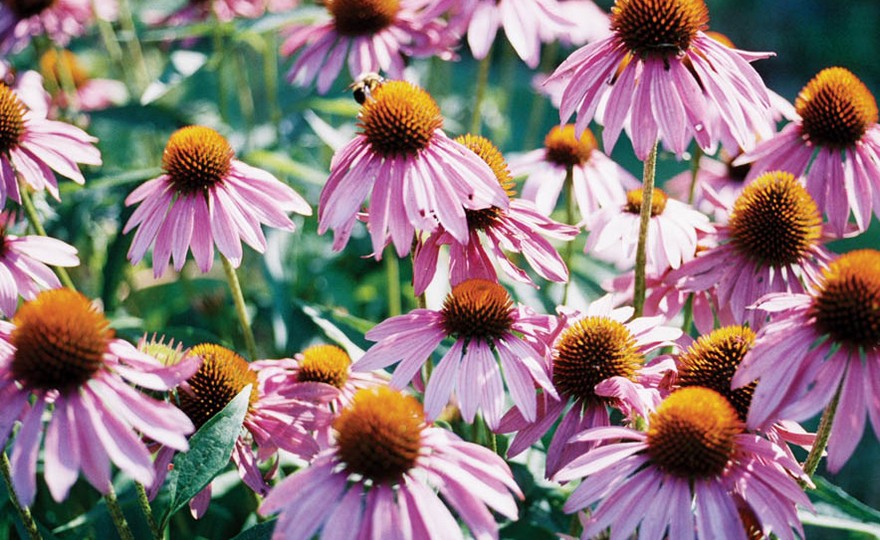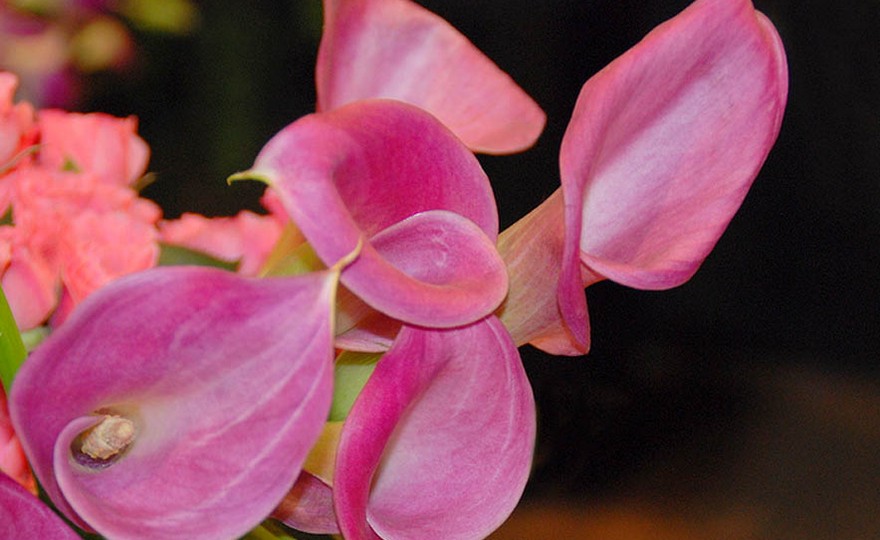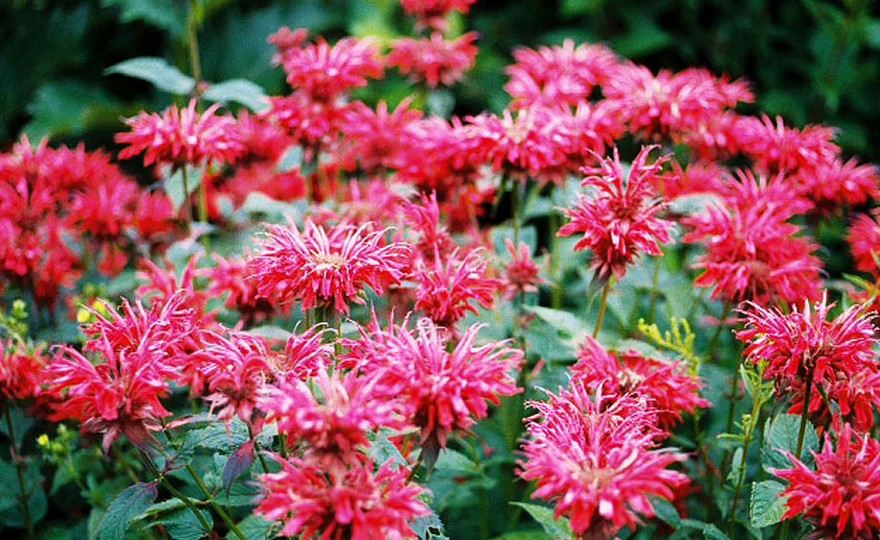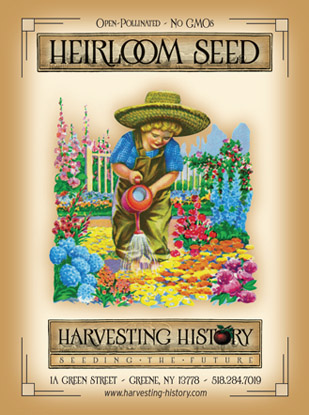
Oriental Lily, Dizzy
-
- **SOLD OUT** HOLIDAY GIFTS **SOLD OUT**
- **SOLD OUT** Holiday Books **SOLD OUT**
- **SOLD OUT** Holiday Citrus **SOLD OUT**
- **SOLD OUT** Holiday Gift Certificates **SOLD OUT**
- **SOLD OUT** Holiday Paperwhites **SOLD OUT**
- **SOLD OUT** Holiday Praying Mantis Kits **SOLD OUT**
- **SOLD OUT** Holiday Tools **SOLD OUT**
- **SOLD OUT** Holiday Wildflower Mixtures **SOLD OUT**
- Citrus Trees
- **SOLD OUT** - Vegetable and Herb Plants - Mix & Match any 6 Plants for $50 - Only Shipped in Quantities of 6
- Elephant Ear Plants & Roots
- **SOLD OUT** 4-Inch Pot Herb Plants **SOLD OUT**
- Rare Plants
- **SOLD OUT** Vining Plants **SOLD OUT**
- Asian Seeds
- Beneficial Bugs
- Books
- Citrus Fertilizers
- Cold-Treated Bulbs - SEE BULBS FOR FALL PLANTING TO ORDER
- Cold-Treated Allium
- Cold-Treated Chionodoxa
- Cold-Treated Crocus
- Cold-Treated Hyacinthoides
- Cold-Treated Hyacinthus Orientalis
- Cold-Treated Narcissus
- Cold-Treated Cyclamineus Narcissus
- Cold-Treated Double Heirloom Narcissus
- Cold-Treated Jonquilla Narcissus
- Cold-Treated Large Cupped Narcissus
- Cold-Treated Poeticus Narcissus
- Cold-Treated Small Cupped Narcissus
- Cold-Treated Species Miniature Narcissus
- Cold-Treated Split Cupped Narcissus
- Cold-Treated Tazetta Narcissus
- Cold-Treated Triandus Narcissus
- Cold-Treated Trumpet Daffodils
- Cold-Treated Ornithogalum
- Cold-Treated Rock Garden Iris
- Cold-Treated Scilla
- Cold-Treated Tulips
- Cold-Treated Emperor Tulips
- Cold-Treated Fringed Tulips
- Cold-Treated Green or Viridiflora Tulips
- Cold-Treated Lily Flowering Tulips
- Cold-Treated Parrot Tulips
- Cold-Treated Peony Flowering Tulips
- Cold-Treated Single Early Tulips
- Cold-Treated Single Late Tulips
- Cold-Treated Species Tulips
- Cold-Treated Triumph Tulips
- Flower Bulbs, Corms and Tubers
- Bulbs for Spring Planting
- Bulbs for Fall Planting - ALL BULBS AVAILABLE ARE COLD TREATED FOR PLANTING AS SOON AS SOIL CAN BE WORKED
- Fall Blooming Bulbs
- Garden Tools & Equipment
- Gift Certificates
- HHH Exclusive Wildflower Mixtures
- Wildflower Mixtures
- Heirloom Garlic
- Potatoes
- Roots & Sets
- Seeds
- Flowers
- Herbs
- Vegetables
- **SOLD OUT** HOLIDAY GIFTS **SOLD OUT**
-
- No products to compare
-
24 in stock
Quick Overview
ORIENTAL LILY, Dizzy
FULL SUN Native to the temperate zones of the Northern Hemisphere, lilies have been cultivated for thousands of years. They have been the signature flower of Christendom for 1500 years. Dizzy is an exciting lily with pure white blossoms accented with a broad magenta stripe running down the middle of each of the 6 petals and a sprinkling of magenta freckles. The plants reach a height of 30-42 in.
Dizzy can be planted in the fall or the spring. If planting in the fall make sure the location does not become soaking wet in the winter or the bulbs will rot. Plant the bulbs in organically rich soil amended with bone meal. Keep the soil moist, but do not allow the bulbs to stand in water.
Dizzy can be grown in containers – 1 bulb per 12 in. diameter pot.
| Type | Spacing | Planting Depth | Days to Germination | Maturity |
| Oriental | 12 in. | 6 in. | 14-21 | 75 |

Oriental Lily, Dizzy
The lilium genus, surprisingly, is only indigenous to the temperate zones of the Northern Hemisphere, but it has been so popular for so many centuries that it is worldwide in distribution. There are many, many species native to North America, Asia and Europe. Flowers are of many different sizes and shapes – some highly fragrant, some not. Lilies were a part of the Greek and Roman civilizations. New World lilies and the lilies of China and Japan were quickly and eagerly embraced by Europeans and the British.
Since the Renaissance, the development and cultivation of lily cultivars has proliferated, but it was not until the late 1800s that the most significant lily introductions were created. E. H. Wilson (1876-1931), the Director of The Arnold Arboretum outside of Boston, MA introduced L. davidii, L. regale, and L. sargentiae. These three lily species became the most important lilies of the 20th century.
Asiatic and Oriental lilies are often very similar in appearance and many astute and experienced gardeners see no difference in the two. However, there are differences and these can be substantial. Asiatic lilies are slightly easier to grow and multiply much more rapidly. The flowers bloom much earlier than Orientals, are slightly smaller than Orientals and are usually a single color. Asiatics have the greatest range of blossom shape and color. Asiatic lilies are usually shorter plants and the blooms have little or no fragrance. Oriental lily plants grow taller than Asiatics, flowers can be heavily fragrant and are usually much larger than the Asiatic blossoms. Orientals bloom much later than Asiatics so it is best to plant both Asiatics and Orientals for continuous blooms from early summer to fall.


